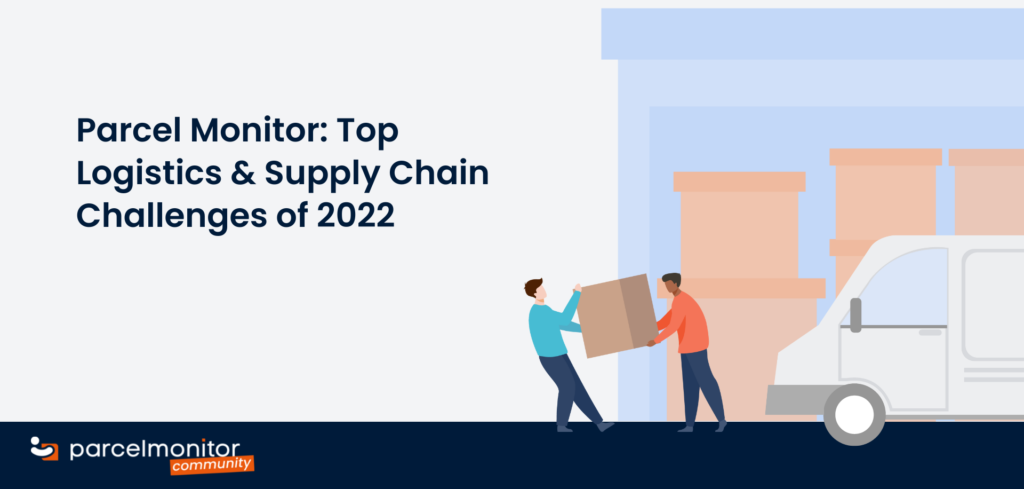The Covid-19 pandemic has affected every step of the supply chain, from the sourcing of raw materials to the shipment of commodities to the end customer. Today, businesses are being tested in terms of their commercial, operational, financial and organizational resilience, and this has revealed significant weaknesses and holes in many of their existing systems. What can companies do to tighten their supply chain procedures in the face of this persistent threat? In one of its recent articles, our media partner Parcel Monitor examined some of the biggest challenges affecting supply chains, and the quick-acting solutions that leading businesses are putting in place to help boost resilience and adaptability.
Existing global supply chain disruption
The pandemic’s effects on logistics operations continue to be felt by enterprises and consumers around the world. For starters, the flow of consumer goods into many markets including North America, Europe and Southeast Asia is still restricted because numerous major international ports and airports remain closed.
As a result of severe disruptions in logistics and supply chains, items are piled up in storage, ships are diverted or delayed when they reach important transit hubs, and businesses can’t import goods or replenish inventory stockpiles. Customers should therefore temper their expectations because excessive demand may cause delays for products that need service.
In response to this situation, industry leaders and government authorities are collaborating to develop policies and programs that boost their respective countries’ ability to absorb shocks and enhance local capabilities to minimize dependency on regional and global supply chains. Meanwhile, businesses should re-evaluate the ways they manage their supply chains, build inventory storage facilities near their target markets, and improve last-mile delivery and returns.
Production delays and extensive lead times for materials
Compared with the pre-pandemic period, there has been an 85% increase in standard material lead times across all products and markets. While certain sectors such as construction and industrial are beginning to show hints of stability, lead times in others like the energy and gas utility are soaring and have increased by more than 150% from the pre-pandemic era. On the bright side, the continued strong demand for utility services is fueling investment in grid strengthening and resilience, disaster readiness, environmentally sustainable energy sources and infrastructure that can accommodate the rising popularity of electric vehicles (EVs).
Rising commodity prices and freight charges
The last few years have seen a notable increase in the cost of transportation, and the recent fluctuation in fuel costs is partially attributable to the confrontation between Russia and Ukraine. Several trucking businesses predict that annual contract rates will double this year due to capacity difficulties. It also does not help that there is a lack of heavy goods vehicle drivers in many parts of the world, especially in Europe. As for the US, rising freight costs and increased input prices for logistics firms have resulted in a 23% increase in the cost of transporting goods by road.
To read the full article at Parcel Monitor, click here.


